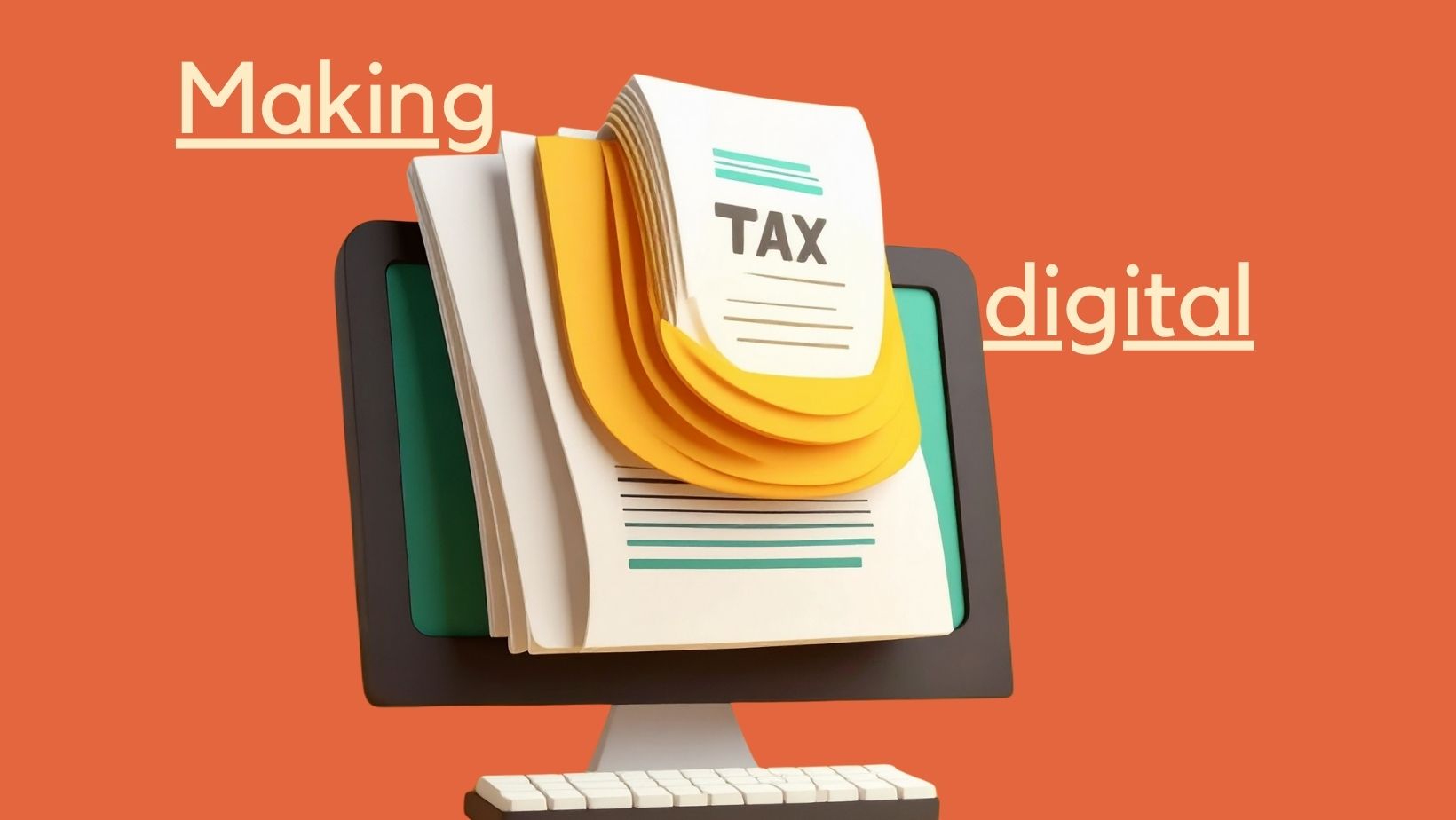As a part of the tax planning that your accountant does for you every year, you could come across the term “payments on account”. If you haven’t come across this term, it might be because your personal tax liability is below £1,000 for the tax year or you are in your first year of trading and have a refund due from previous permanent employment.
What is a Payment on Account (POA)?
Each year when your personal tax return is prepared, if your tax liability is more than £1,000 and more than 80% of your income isn’t taxed at source then payments on account will be due. Payments are due every 31st January and 31st July, each for half the liability owed on your tax return. If you still have tax to pay after the payments on account have been made, a balancing payment would be due the following year.
Payments on account don’t include capital gains tax or student loan repayments, these form a part of your balancing charge if due.
Example:
Graham incurred a tax liability of £6,000 on his personal tax return for 2022/2023 (6th April 2022 to 5th April 2023), his first payment due date is the 31st of January 2024, this would have been for £9,000, which is made up of the liability for the tax year of £6,000 and his first payment on account of £3,000. The second payment on account, again £3,000, is due on the 31st of July 2024.
When Graham gets round to filing his 2023/2024 (6th April 2023 to 5th April 2024) he calculates a liability of £6,000 again. On the 31st of January 2025 there is no balancing charge for the 23/24 tax liability, as this was covered by the payments on account made. However, as his 23/24 tax liability is in excess of £1,000, he will have generated payments on account again of £3,000, due on the 31st of January 2025 and 31st July 2025.
Reducing your Payments on Account
If you expect to return to permanent employment or incur a lower tax liability in the following tax year, you may be able to reduce the payments on account. If this applies to you, we’d advise you to discuss it in detail with your accountant. This can happen in scenarios where high dividends have been taken one year for home improvements and then back to a lower amount of dividends the following tax year.
Collecting via your tax code
If you generate a liability of less than £3,000 and file your personal tax return by the 31st of December, you can apply for your tax to be collected via your PAYE coding notice. You must ensure that you are paying yourself a salary through your Limited Company that attracts tax to pay off the liability to HMRC.
Key Dates to Note
31st January – Personal tax liability
31st January – First payment on account
31st July – Second payment on account
Late payment information
If you delay paying your tax by:
30 days — you’ll have to pay a penalty of 5% of the tax you owe at that date
6 months — you’ll have to pay a further penalty of 5% of the tax you owe at that date
12 months — you’ll have to pay a further penalty of 5% of the tax you owe at that date
If you are unsure of how much you owe or if there is the possibility of reducing your payments on account, please call 01296 468 185 and speak to one of our expert accountants.





